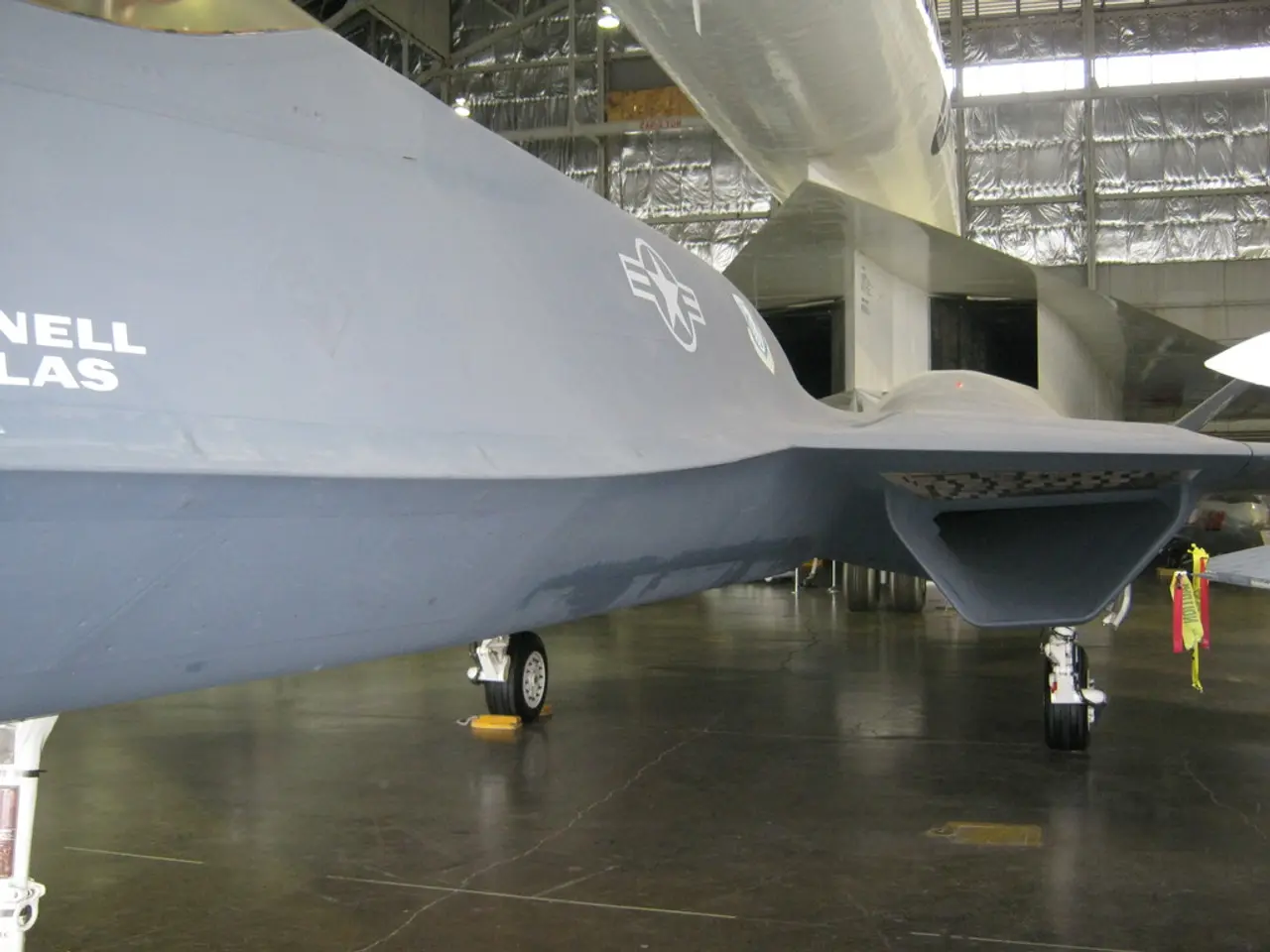Exploring the Transition: The Progression of Combined Energy Systems in Automotive Engineering
In the automotive world, plug-in hybrid powertrain systems are making significant strides, offering a pragmatic approach to enhancing performance while reducing emissions. These systems, which combine at least one electric motor with a gasoline engine, are revolutionising the way vehicles are powered.
One of the key challenges in engineering these powertrains is managing the integration of electric and internal combustion components efficiently. This involves optimising gearboxes for compactness and high power density, such as using high-ratio planetary gear trains. Additionally, overcoming power throttling due to motor overheating requires advanced cooling solutions [2].
The ongoing research into battery technology for hybrid vehicles is promising, with more efficient electric motors being developed. Plug-in hybrids can recharge their batteries from an external power source, making them a significant step forward in reducing vehicle emissions.
The Role of AI and Machine Learning
Advanced algorithms and machine learning models are crucial for the optimal performance of hybrid powertrains. Artificial intelligence (AI) and machine learning (ML) are increasingly applied to optimise the performance and efficiency of plug-in hybrid powertrains.
AI systems support advanced driver-assistance and autonomous capabilities through real-time data fusion and predictive behavior modeling, which dynamically enhance vehicle control and energy management [3]. Specifically, novel AI models, such as stacking hybrid ensemble architectures, improve electric vehicle energy prediction accuracy, resulting in better powertrain energy optimisation [1].
Rapid advancements in AI and ML in automotive applications offer potential for adaptive energy management strategies that could further enhance fuel efficiency and reduce emissions. AI-driven management systems will likely become standard in hybrid powertrains, closing the gap in performance and efficiency between conventional and electric vehicles.
Technical Advancements
Improvements in thermal management through thermally conductive casting resins and digital connectivity enhancements like 5G for real-time data analysis and control facilitate future mobility solutions (MaaS and TaaS) [2]. These advances help address power loss, efficiency, and component reliability.
Challenges Ahead
Despite the progress, the physical integration of multiple power sources within a limited space remains a challenge in hybrid powertrain engineering. Ensuring reliable and accessible charging infrastructure is another hurdle to overcome.
For enthusiasts and professionals, exploring resources such as SAE International's guide on hybrid powertrain systems and IEEE Xplore's analysis of control strategies in hybrid electric vehicles is recommended. The author's insights on AI applications in automotive engineering are also a valuable resource.
Hybrid technology aligns with the belief in continuous improvement and innovation. As we move forward, the integration of AI in hybrid powertrains will undoubtedly lead to even more efficient and environmentally friendly vehicles.
- The integration of artificial intelligence (AI) and machine learning (ML) plays a vital role in optimizing the performance and efficiency of plug-in hybrid powertrains.
- AI systems used in hybrid powertrains support advanced driver-assistance and autonomous capabilities, enhancing vehicle control and energy management through real-time data fusion and predictive behavior modeling.
- Rapid advancements in AI and ML, coupled with improvements in thermal management and digital connectivity, pave the way for future mobility solutions like MaaS and TaaS, addressing power loss, efficiency, and component reliability.
- Despite significant strides in hybrid powertrain technology, challenges still persist in the physical integration of multiple power sources within a limited space and ensuring reliable and accessible charging infrastructure.



